Multi-Project Management
Estimated reading time: 13 minutes | Target users: Supervisors, Administrators
VCC Live can handle several projects simultaneously, which makes it possible for supervisors to handle different teams in different projects. At the same time, this opens up a range of possibilities for agents as well, allowing an agent to participate in several projects, potentially resulting in a more balanced workload for your company’s projects.
In this tutorial, you’ll learn what primary and secondary projects are and how to use them effectively. Furthermore you will learn about project-independent callbacks and where to find their relevant logs and statistics. Finally, we describe the use of auto-project login, and how to set it up.
To learn more about teams, users and how to utilize them in your projects, visit this tutorial.
In this tutorial you can learn about:
- Primary and Secondary Projects
- Project Independent Callbacks
- Auto Project Login
1. Primary and secondary projects, queues
1.1 What is a Project?
A project in VCC Live is a collection of settings connected to a particular call center activity, such as Customer Support, Debt Collection, Sales, Robocalls etc, characterized by the same database, dialer type, agent group, agent script and so on. Previously you might have come across something similar, which you would have called a campaign or a queue. In VCC Live, the word ‘queue’ has a slightly different meaning – for more information please see below.
1.2 Primary and Secondary Projects
The main idea behind differentiating projects as primary and secondary is that agents can log in and work on the main project they are assigned to, while at the same time be able to support agents who have other projects set as their primary.
If an agent logs in to Project A as their primary and projects B and C as their secondary, they receive:
- Outbound calls from Project A
- Their own Callbacks from projects B and C if Callbacks/Project Independent Callbacks in the primary project is enabled
- Inbound calls from Project A, B and C (as long as they are assigned to inbound queues on those projects)
- Chats and emails from Project A (if they are assigned to the chat and email queue in that project)
- Chats and emails from Project B (if they are assigned to the chat and email queue in that project)
When handling calls outside of the agent’s primary project, VCC Live loads the datasheet and/or script used for the applicable project. By doing this your agents will always be able to see all the relevant information they need to be able to handle a call effectively.
The multi-project dialer system of VCC Live also recognizes projects set as primary and secondary, by letting our users choose the dialer type ‘Inherited’ for a project. This means that if you select this type, then you can choose the ‘host’ project from a drop-down list, so the project you are editing would use the dialer of the selected project. You can choose either Predictive or Power dialer projects.
To learn more about multi-project dialing, visit this guide.
Note: The same phone number cannot be used as the inbound phone number for several projects.
Tip: You can enable receiving calls for your agents from projects chosen as secondary too. See Project Independent Callbacks
1.3 Set it up
To set up your primary and secondary projects for your account, follow these steps:
- Log in to the VCC Live application by submitting your username, password and account name.
- Press Log in, then the Login screen appears.
- Select your Primary project in the Project selection window by pressing the radio button in the Primary column.
- Select your Secondary projects by marking the checkboxes in the Secondary column, next to the chosen projects.
- Press Log in.
1.4 Change a user’s project remotely
You can change a user’s assigned project remotely in the Real-time monitoring interface, so your users do not have to do it themselves. Here is how to do it:
- Navigate to VCC Live menu > Monitoring > Real-Time Monitoring
- Select a user, then go to the Change status or project window.
- From the drop down menu select Move agent(s) to another project.
- In the window that appears, set up a new configuration of primary and secondary projects for the user. Keep in mind that one of the projects has to be selected as primary.
- Click OK to save your settings.
Tip: When switching agents’ projects, you can send them a pop-up message with a previously created message.
Note: If you choose a project that was not previously selected as a Primary or Secondary project, the selection of all previously selected Secondary projects is kept by default.
1.5 Logs and statistics
Get performance statistics on both your primary and secondary projects. Here you can find all the relevant columns in different logs and statistics interfaces that relate to your project data.
- Real-Time Monitoring (in VCC Live menu > Monitoring > Real-Time Monitoring)
- Current project: The project the agent is currently working on. If the agent is working on multiple projects at the same time, the current project equals the primary project for outbound calls and secondary project for inbound calls.
- Current Project ID: The identifier number of the project the agent is handling calls in at the moment. It can be either their Primary project or a Secondary project.
- Primary Project: The agent’s primary project.
- Primary Project ID: The primary project’s identifier number.
- Secondary Project: The agent’s secondary projects.
- Secondary Project ID: The secondary projects’ identifier numbers.
- User State Log (in VCC Live menu > Logs and Statistics > User State Log)
- Project: The primary project the agent worked in.
- Project ID: Project identifier number. It is generated when a project is created.
- Secondary Project: One or more secondary projects the agent worked in.
- Secondary Project ID: Secondary projects identifier number. The number is generated when a project is created.
- Project-Independent CDR Search (in VCC Live menu > Logs and Statistics > Project-Independent CDR Search)
- Get a list of all parameters in this log from our user guide page.
- Learn more about Project-Independent CDR Search in section 2.2 of this tutorial.
2. Project independent callbacks
When the project independent callbacks feature is enabled, agents logged in to only one project will also receive callbacks from other projects. For this to work, agents do not need to log in and out from individual projects, but must be logged in to other projects chosen as Secondary.
The requirements for this feature:
- The project must be set to active
- Agents need to be assigned to the project (so callbacks are still assigned to them).
- The project must not have expired.
To access this setting:
- Navigate to your project > Channels > Voice > Outbound
- Mark the applicable checkbox to activate the feature
- In Manual dialer mode projects, mark Callbacks in a primary project.
- In Power/Predictive dialer mode projects, mark Project independent callbacks
- Press Save.
2.1 Example
If you have, for example, Project A and Project B, with agents logged in to Project A, and you want them to also receive their callbacks from Project B, then the project independent callbacks setting needs to be enabled in Project B, and the project must be chosen as their secondary project when logging in.
2.2 Project Independent CDR (Call Detail Record) Search
This section contains all inbound and outbound call attempts for multiple projects. It is very practical for
- Checking all previous contact events with a customer (even if they are from different projects)
- Checking an agent’s call activities
The main strength of this screen is its Search and Filtering section, which allows you to search for records across multiple projects. For example, if you set up the appropriate common variable, you can display all contact attempts from various projects to a selected client based on the client’s phone number or an ID.
This section can be found in VCC Live menu > Logs and Statistics > Project-Independent CDR Search.
Please note that, unlike in the Project-Specific CDR log this section has some limitations, namely:
- Not all fields found in the CDR log can be displayed here
- No more than 500 records can be displayed at once
For a full list of Project Independent CDR Log’s available columns and overview, please check our related user guide.
3. Auto project login
The Automatic project login feature enables agents to log in automatically into projects, without interacting with the project selector screen. When an agent logs in, the system logs them in to the highest priority project the supervisor has assigned to them. Throughout the time an agent is logged in, the number of callable phone numbers are constantly analyzed. If there are no phone numbers to call in a project, the system will automatically log users in to the next project in the priority queue.
3.1 To Enable or Disable Auto Project Login
- From the VCC Live menu, select User Management > Users
- Select a user.
- On the properties pane on the right, mark or unmark the Automatic project login function checkbox to enable or disable the function.
- Drag and drop projects to change the order of priority.
- Press Save.
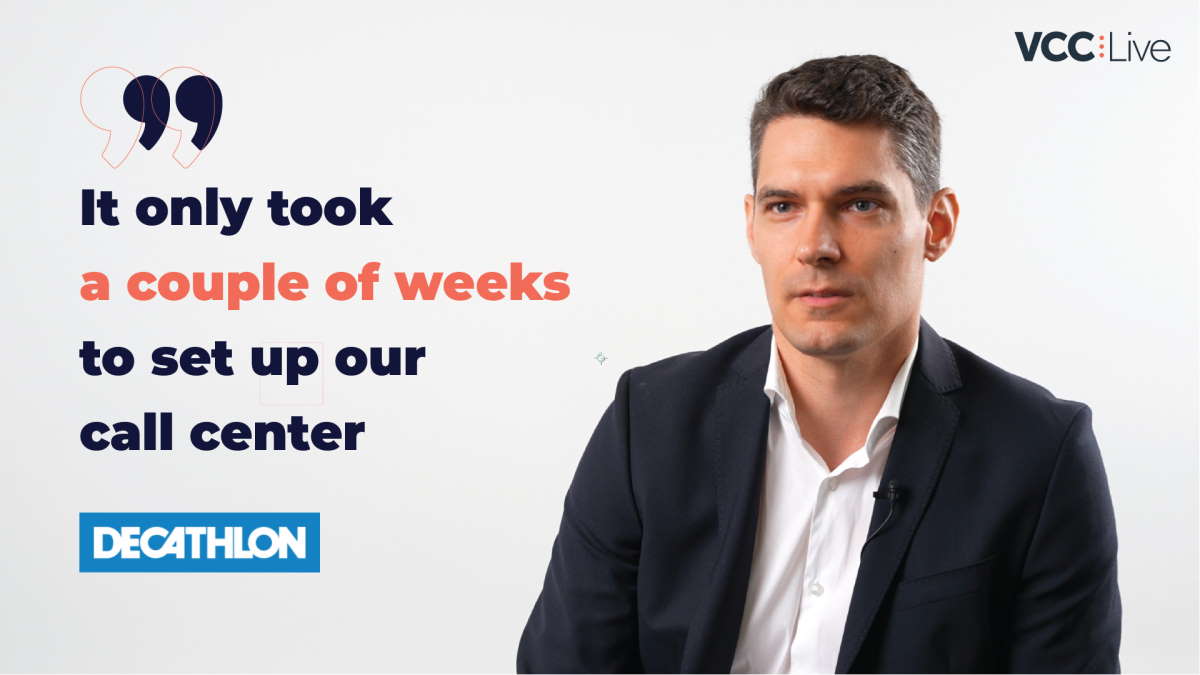
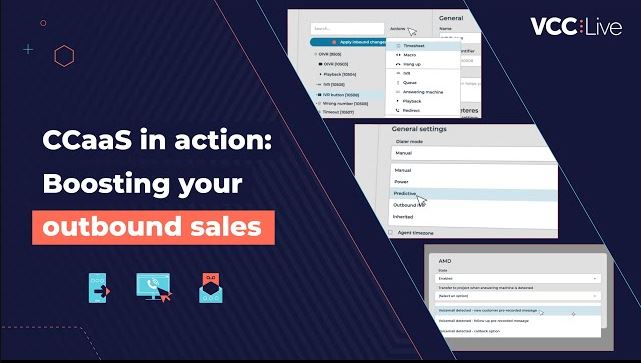
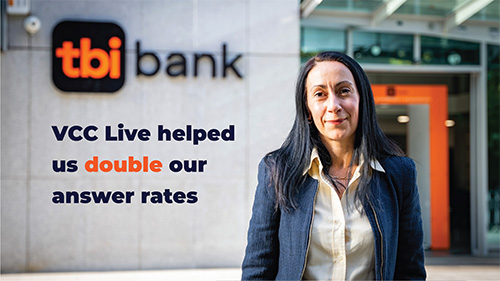
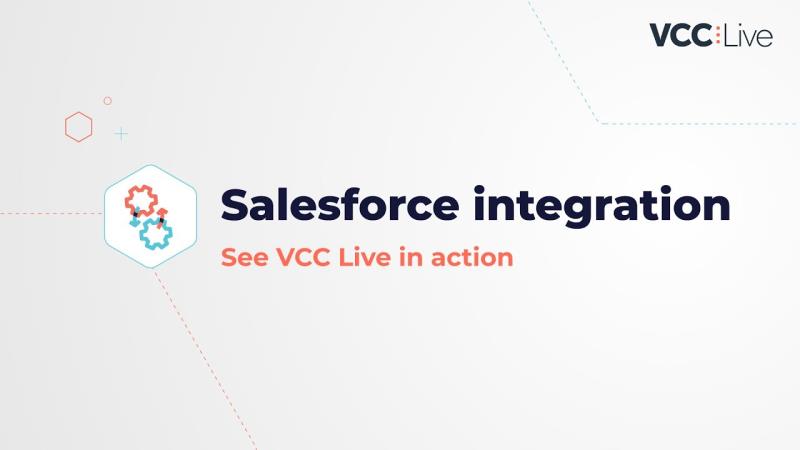
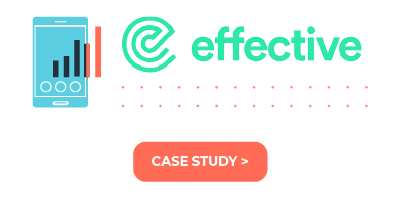
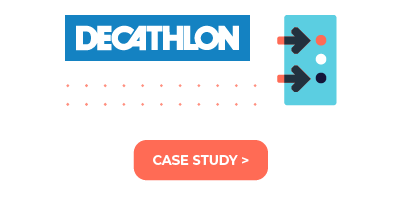
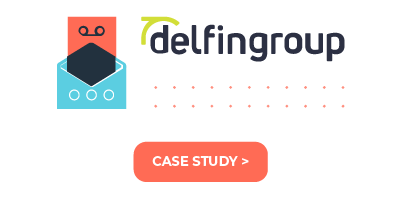
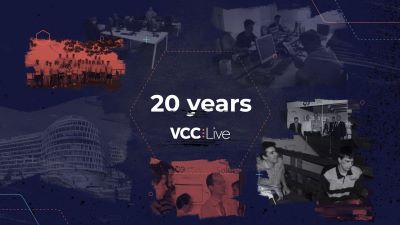
Comments
Can’t find what you need? Use the comment section below to connect with others, get answers from our experts, or share your ideas with us.
There are no comments yet.